
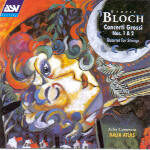
Dalia Atlas leads respectable, thoroughly professional readings of the two Concerti grossi, though she never approaches the rhythmic kick and textural variety shown by the
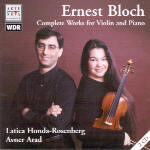
Ernest Bloch’s violin works are not nearly as well known as his compositions for cello, in which instrument he found an excellent medium for his
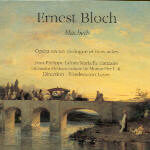
Where has this opera been hiding? Well, to answer my own question, it was premiered in Paris in 1910, roamed Naples, Rome, Trieste and Brussels
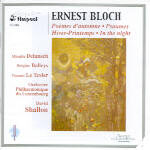
Each new release of little-known music by Ernest Bloch continues to impress. Here’s a really fine composer, one whose seriousness, exuberance, and passion always communicates
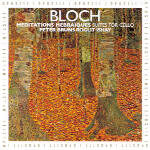
Ernest Bloch often turned to the cello to express his deepest feelings, especially in music that pays homage to Jewish themes and sensibilities, as in
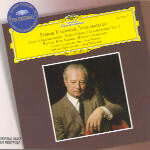
Pierre Fournier’s accounts of the Lalo and Saint-Saëns cello concertos never have been surpassed in their elegance, musicality, naturalness of phrasing, and sense of logic.

The coupling is certainly a hodgepodge, and the Vivaldi, Weber, and Wieniawski pieces may be fluff, if well performed fluff. No, the value of this
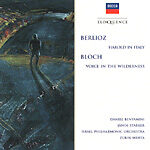
While at first these two works would seem to be odd disc mates, they are similar in that they are both part concerto and part
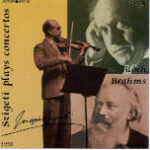
Joseph Szigeti’s 1928 Brahms Concerto is the most vibrant, controlled, and technically assured of his three studio versions. Always the musician’s violinist, Szigeti clarifies the
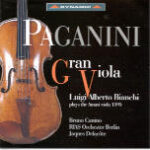
Violist Luigi Alberto Bianchi specializes in performances on historical instruments–that is, instruments that have historical value, not period instruments. In these recordings from 1973 and
![]()
